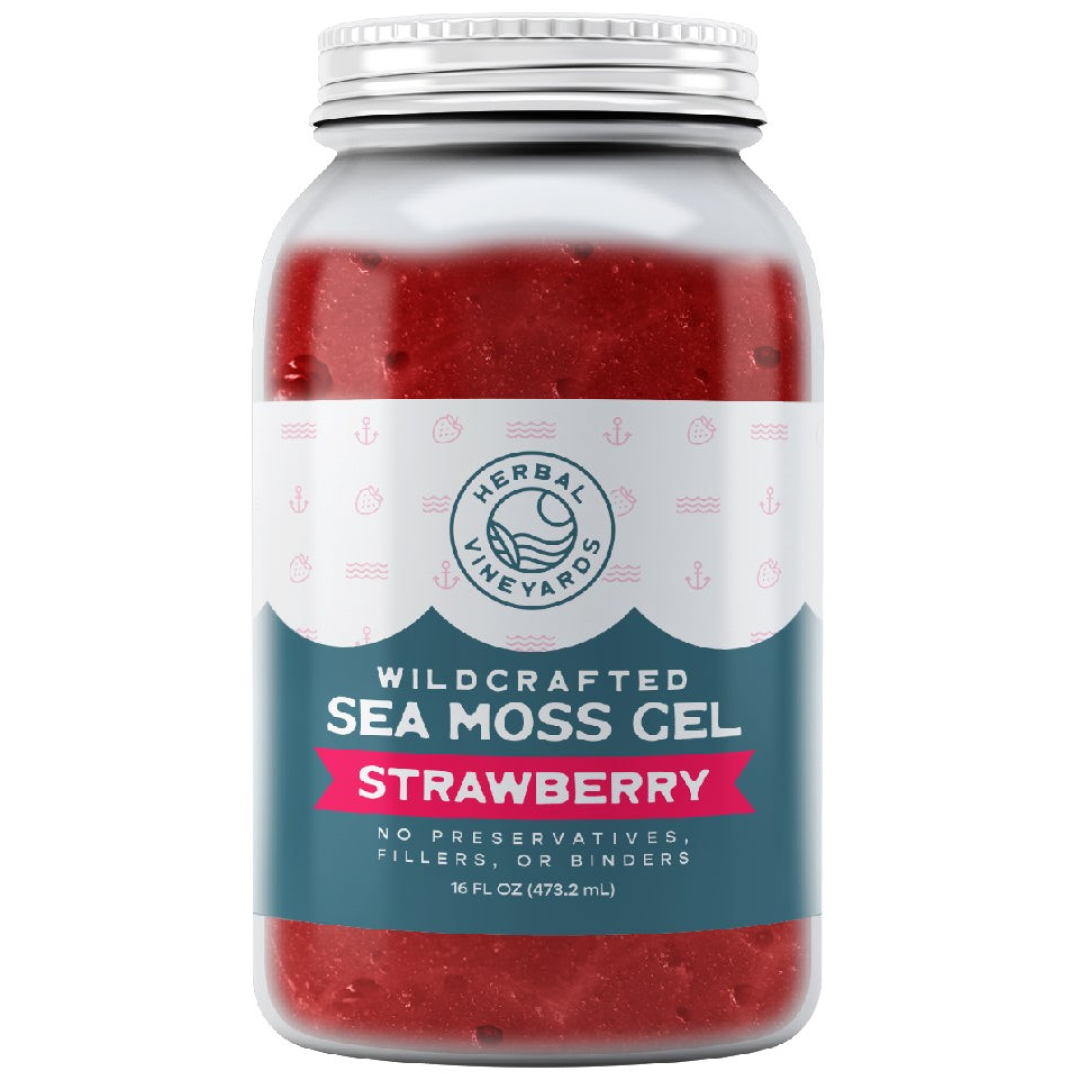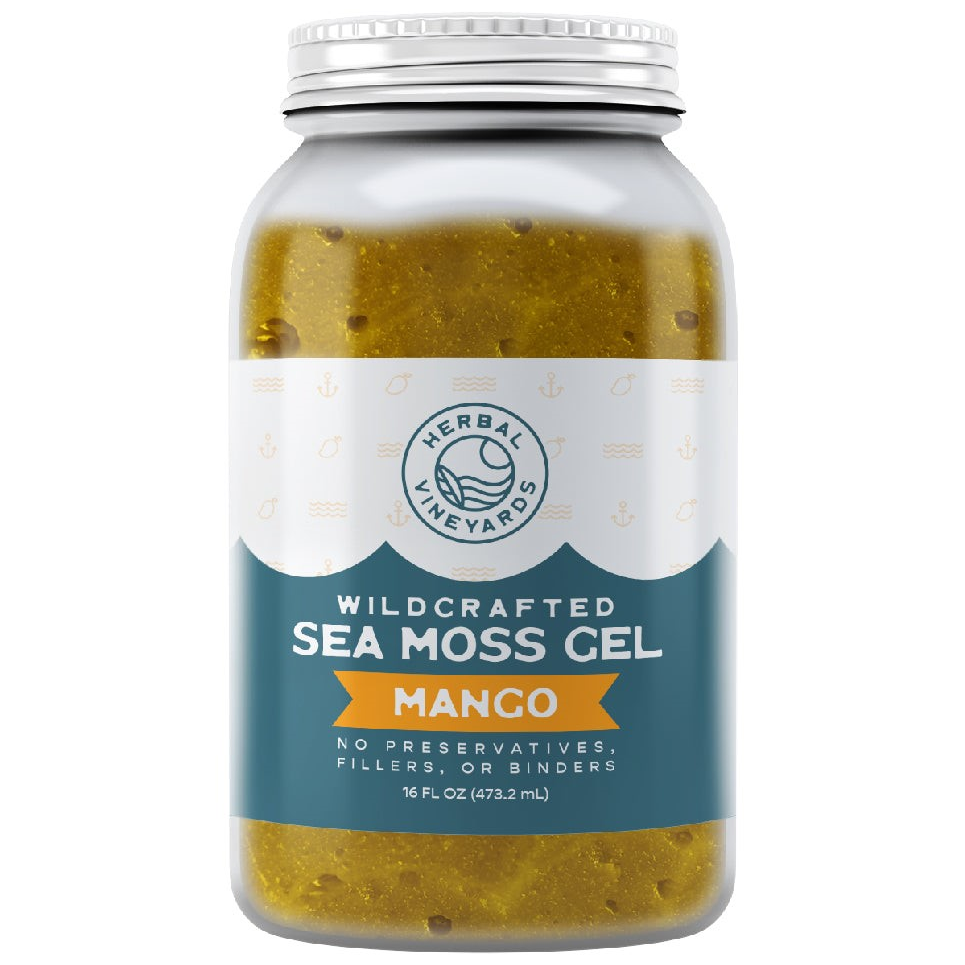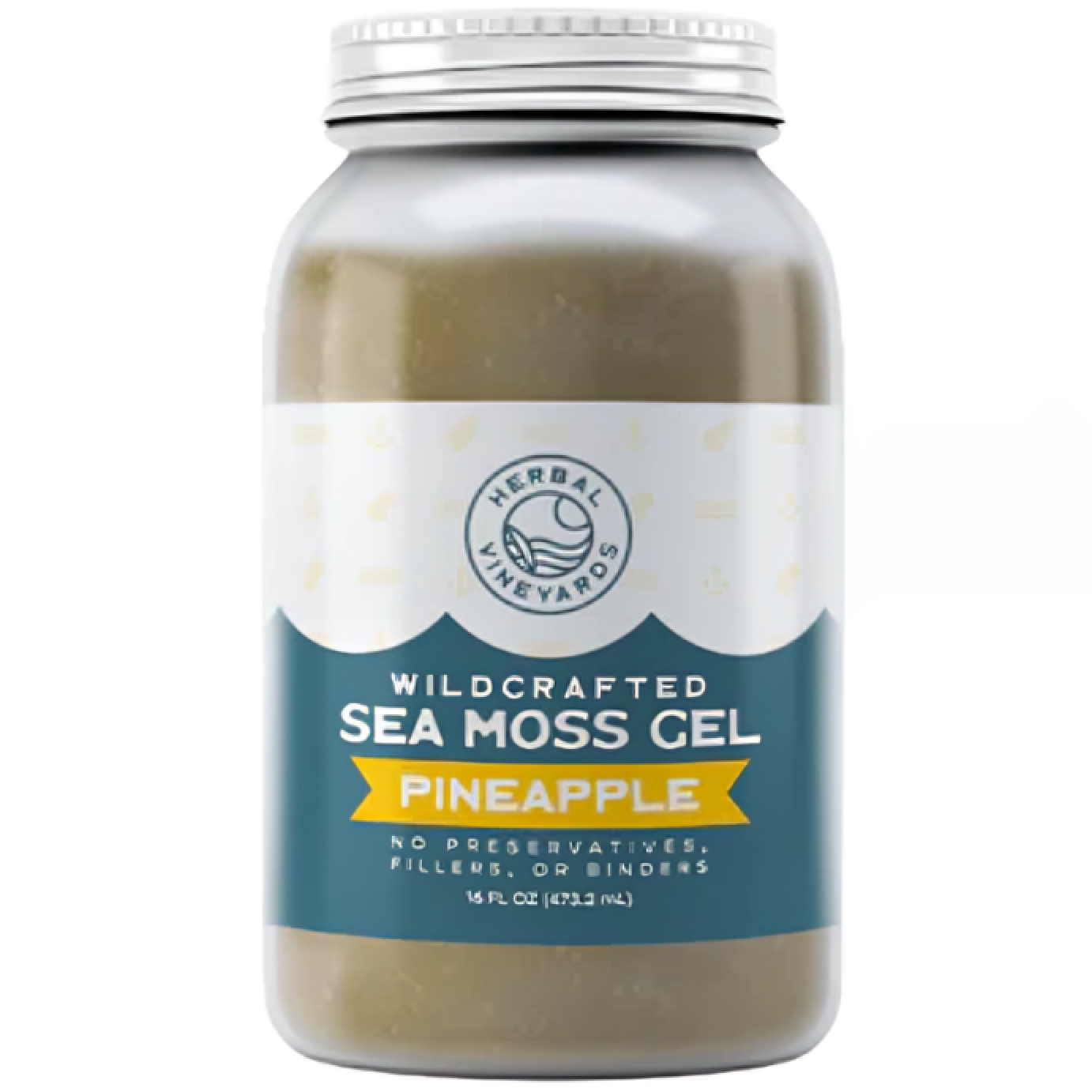Sea Moss – The Miracle Algae
Who hasn’t heard of the sea or Irish moss, the sea algae that has quickly become an extremely famous nutritional supplement?
This super-food has some amazing health merits, and that’s due to it being inherently rich in vitamins and minerals.
So today we’ll be highlighting the nutritional profile of sea moss, along with its various uses and potential side effects.
Sea Moss –Nutrient Profile
According to the US Department of Agriculture (USDA) FoodData Central, two tablespoons or 10 grams of sea moss contains these macronutrients:
- 4.9 calories
- 0.2 g protein
- 0.0 g fat
- 1.2 g carbohydrates
- 0.1g sugars
The same serving size also contains these micronutrients:
- 7.2 mg calcium
- 14.4 mg magnesium
- 15.7 mg phosphorous
- 6.3 mg potassium
- 0.9 mg iron
- 0.2 mg zinc
- 0.02 mg copper
- 0.04 mg manganese
Most importantly, sea moss is a rich source of iodine; as per the Journal of Medicinal Food, this algae contains approximately 47 mg of iodine per gram.
Sea Moss Products
Besides its potential uses for health and wellness, sea moss is the natural source of carrageenan; a thickener that is often added to soups and stews that require thickening. Certain manufacturers still harvest and sell dried sea moss as a thickening agent.
However currently, sea moss is more commonly sold as a dietary supplement in powdered or gel form. These supplements can contain either pure sea moss or red algae combined with other ingredients. And due to its thickening properties, certain companies have come up with sea moss vitamin gummies as well.
Precautions When Consuming Sea Moss
When consumed in supplement form, the nutritional content of sea moss is influenced by various factors such as where it was grown, growing and storage temperature, and even the minerals in the water where it was harvested from.
Another important aspect is the varying levels of iodine. If an individual's only source of iodine is sea moss, they may be at risk of developing iodine deficiency. And if someone struggling with elevated levels of iodine regularly consumes sea moss, they might suffer from thyroid problems or iodine poisoning.
Lastly, contamination is another potential risk factor when consuming seaweeds such as sea moss. The latter can accumulate hazardous chemicals and metals from the environment they grow in. And if the harvesting process does not effectively remove these contaminants, they will surely make their way into the final product.
Always look for reputable companies when buying sea moss, especially those that feature third-party lab tests for their consumers.
Final Thoughts
Sea moss is an excellent source of all the essential nutrients the body requires, and that too with zero fat and cholesterol! But we recommend that you always consult a medical professional before including any dietary supplement in your daily regime.
Want to try sea moss? Go through our diverse list of products and pick something that works for you!
References
Andersen, S, Noahsen, P. Iodine in Edible Seaweed, Its Absorption, Dietary Use, and Relation to Iodine Nutrition in Arctic People. Journal of Medicinal FoodVol. 22, No. 4. Available at: https://www.liebertpub.com/doi/10.1089/jmf.2018.0187
Cheong, K, Qui, H, Liu, Y, Khan, B. Oligosaccharides Derived from Red Seaweed: Production, Properties, and Potential Health and Cosmetic Applications. Molecules. 2018 Oct; 23(10): 2451. Available at: https://www.ncbi.nlm.nih.gov/pmc/articles/PMC6222765/







